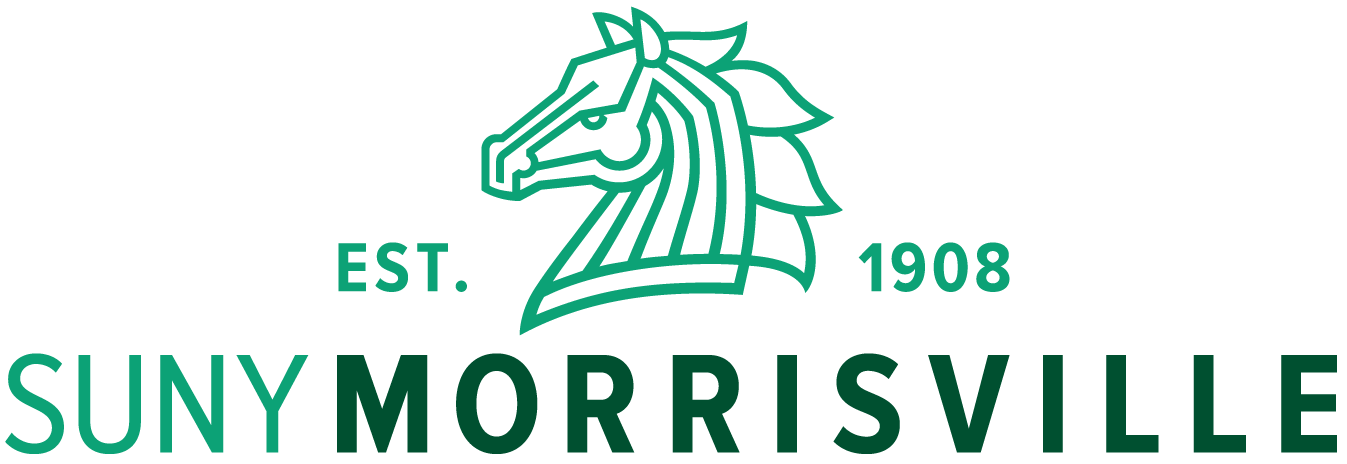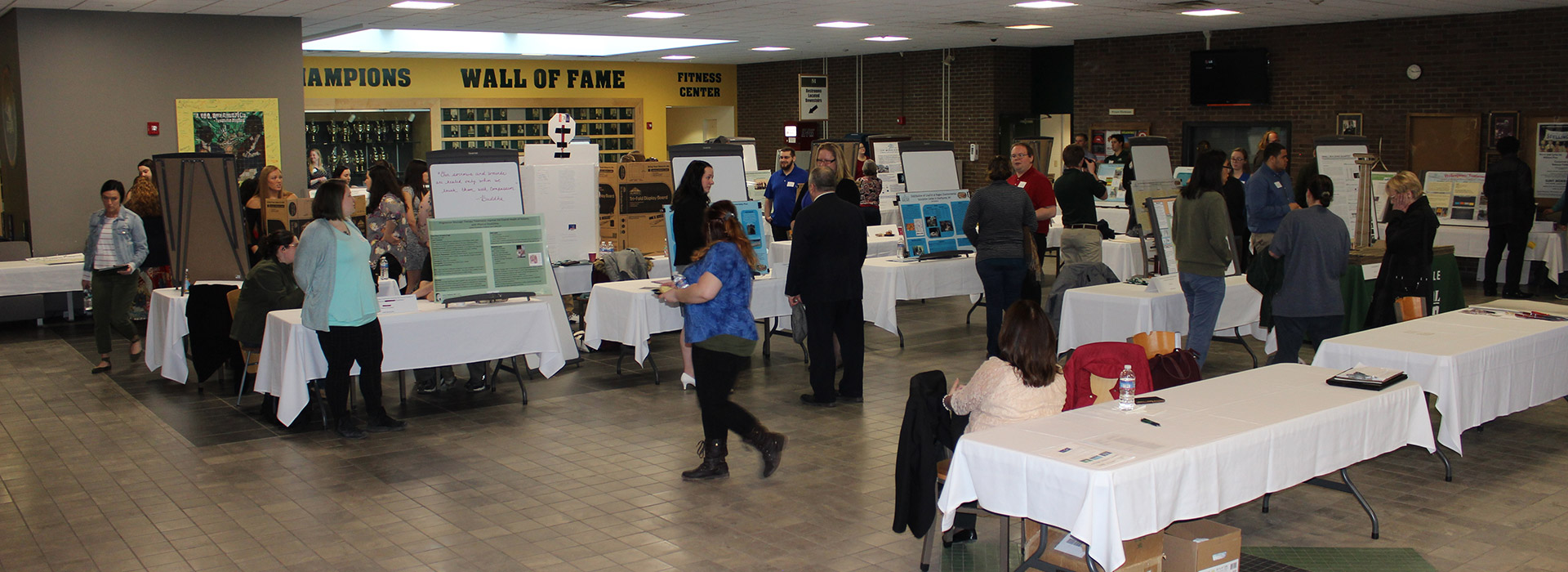Please join us for the 2021 Applied Learning Student Showcase.
Student Showcase Tuesday, April 27, 2021 Schedule
| Time | Presenter(s) | Presentation |
|---|---|---|
| noon- 12:05 p.m. |
Welcome and Introduction | |
| 12:05 p.m.- 12:26 p.m. |
Veronika Alinskas |
“Planarian Assays and Diet Study”Overview: Taurine is an amino sulfuric acid naturally produced by the body and is thought to be essential for neuronal, retinal, and muscular development. Consequently, taurine is also a popular additive in many foods such as energy drinks and baby formula. We have demonstrated that taurine also behaves as a stimulant in the planarian species, Dugesia tigria, using a motility-based assay called the planarian motor velocity (pLmV). We determined that 0.03mM causes the greatest increase in the pLmV studies. Planarian have an active population of stem cells throughout their entire body. We are now interested in seeing what the effect of taurine is on these stem cells. To study stem cell activity, we will use immunofluorescence microscopy using antibodies that can identify dividing stem cells. With these experiments, our goal is to compare the number of active dividing stem cells in planarians that have been treated with taurine to determine if there is an increase in stem cell activity compared to non-exposed animals. By studying the effects taurine has on the stimulation of planarian, we will have a better idea of what it does in the body, but also if it can be an effective nutritional supplement to treat neuromuscular disorders such as Parkinson’s disease and Alzheimer’s. |
| 12:05 p.m.- 12:26 p.m. |
Grace Van Gorder |
“The Effect of Taurine on Locomotor Velocity in Planarians Dugesia tigria”Overview: Taurine is a naturally produced amino sulfuric acid in many mammals. It is found in many metabolic processes, and has been seen to be most prominent in the eyes, brain, muscles and heart. It has also been seen to have some health benefits such as lowering risk of disease and improving physical performance. Taurine has been found to be added to many energy drinks and sodas. We have already identified that taurine is a stimulant within mammals. Using the species Dugesia tigria we performed a study to see what concentration of taurine is the most effective stimulant. This was determined using a type of motility assay know as a planarian locomotor velocity test (pLmV). The most profound effects of taurine were identified to be in the first 3 minutes in a 0.03mM solution. After determining this has lead us to question if taurine has addictive characteristics. Therefore, further testing will be done to test the withdrawal effects of taurine on the planarians. This will be performed by leaving the worms in the 0.03mM taurine for 60 minutes then removing them, dipping them in spring water to rinse them, and placing them in 20 ml dish of spring water, and observing their behavior to see if there are withdrawal like symptoms. Following this, further research will be done to identify specific pathways used by taurine such as dopamine receptors, GABA receptors, and calcium channels. By looking at these pathways there is hope that by blocking or stimulating a pathway we can develop a better understanding of how these coordinate with the neurological and muscular systems. All of these findings can potentially have effect on neurological and muscular diseases like Parkinson’s and Alzheimer’s. Thus allowing scientists to have the knowledge on how taurine’s effect plays a role in the human body and how it can have beneficial uses pertaining to these diseases. |
| 12:05 p.m.- 12:26 p.m. |
Angela Pratt |
“The Effect of Taurine on Regeneration in Planarians”Overview: Using the planarian species, Dugesia tigria, we are working to understand the effects of taurine on regeneration. Taurine is an amino sulfuric acid that is thought to be critical for many biological processes including the development of neuronal, retinal, and muscular development. The full understanding of how this chemical works within the body has not been fully researched. In previous studies, we determined it functions as a stimulant, particularly at 0.03 mM Taurine, by using a planarian locomotor velocity test, pLmV. To better understand the timeframe, withdrawal experiments, through various incubation periods, will be utilized to determine the duration of exposure that exhibits the greatest effect. This will give us a good understanding of when dopamine blockers should be utilized to understand Taurine’s effect on muscular movement. Planarians have unique stem cells that allow them to regenerate the entire animal from small fragments. Alongside our previous motility based assay, we will be examining purported effects in neural development and muscle performance under the effect of 0.03mM Taurine by examining the gross regeneration of the head following amputation. Wound signaling through the expression of position control cells, PCC, can aid in our understanding of Taurine’s effect of the regeneration process. The cytoskeleton is critical for allowing cell migration which is needed for tissue repair, creation, and signaling between cells, all critical functions for regeneration. We will also be examining the effect of taurine on cellular structures such as the cytoskeleton using immunofluorescence microscopy. These studies will help us determine if taurine would be beneficial for treating degenerative neurological and muscular disorders such as Alzheimer’s and Parkinson’s disease. |
| 12:30 p.m.- 12:37 p.m. |
Kellis Morgan |
“Diet study on planarian (Dugesia tigrina): exploring the effect of four different diets on promoting growth”Overview: Planarian are a useful model organism for physiological study from everything to study of natural products to applications in biotechnology. This study was designed to test four different diets (egg, brineshrimp supplemented with spirulina, blood worms, and beef heart). We have just started the diet study and will discuss the imaging of the planarians to examine growth. |
| 12:40 p.m.- 12:47 p.m. |
Still Open | |
| 12:47 p.m.- 1 p.m. |
Student Reflection: Audience Questions and Comments |

